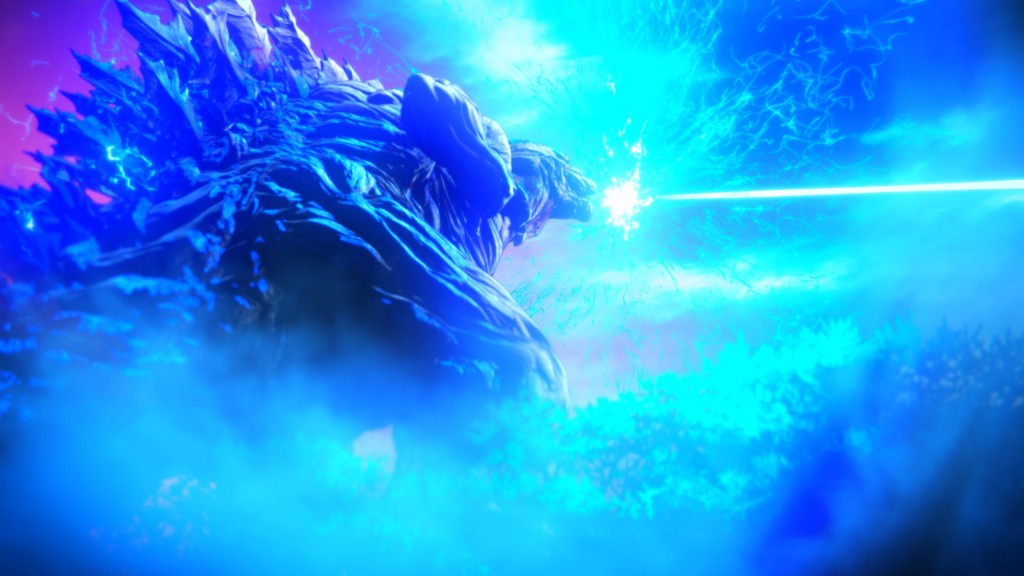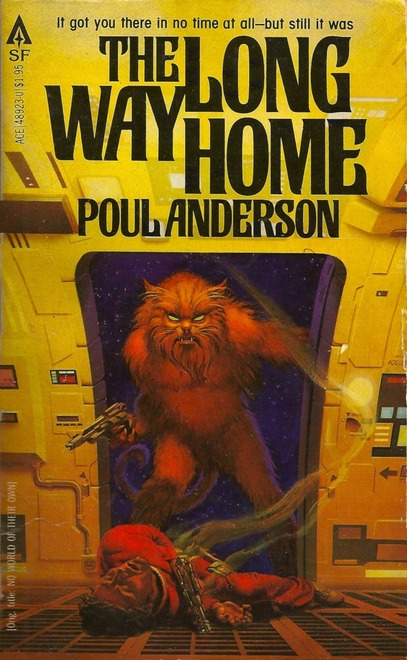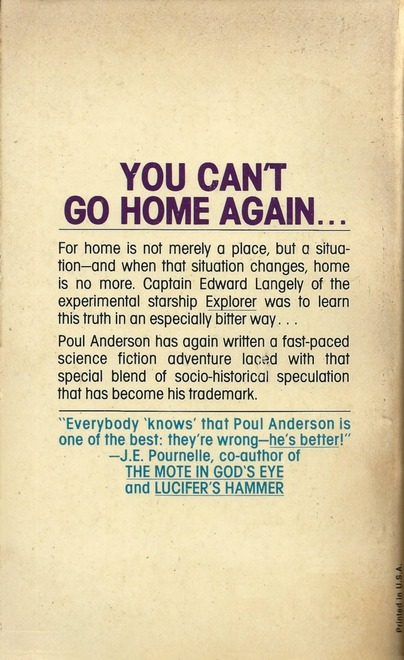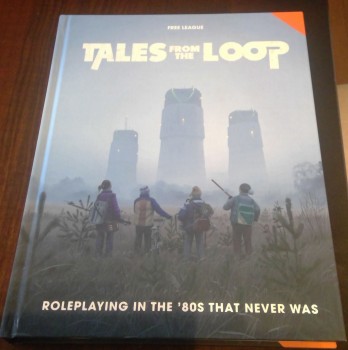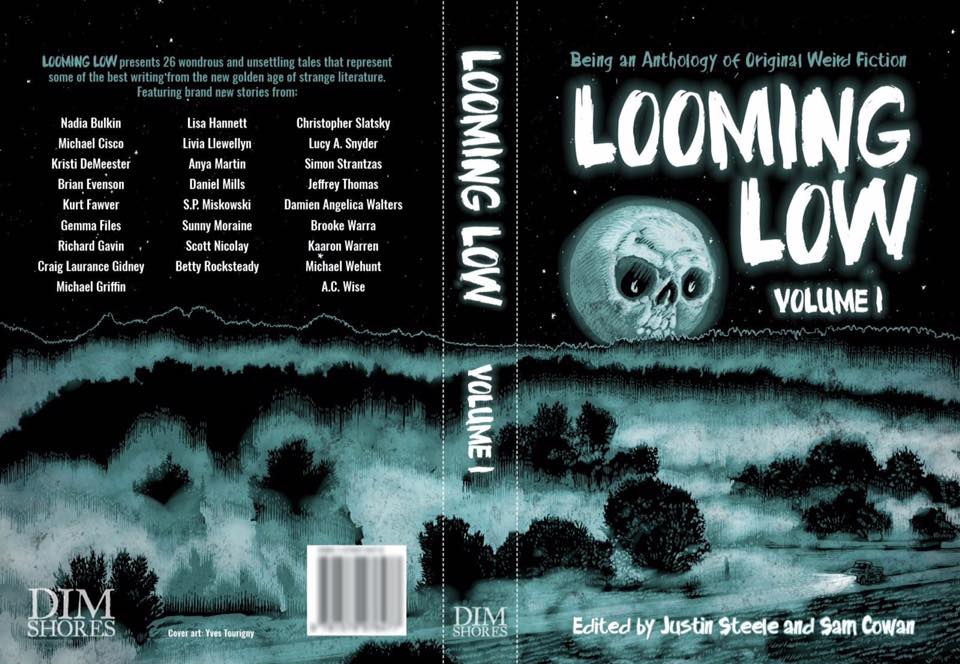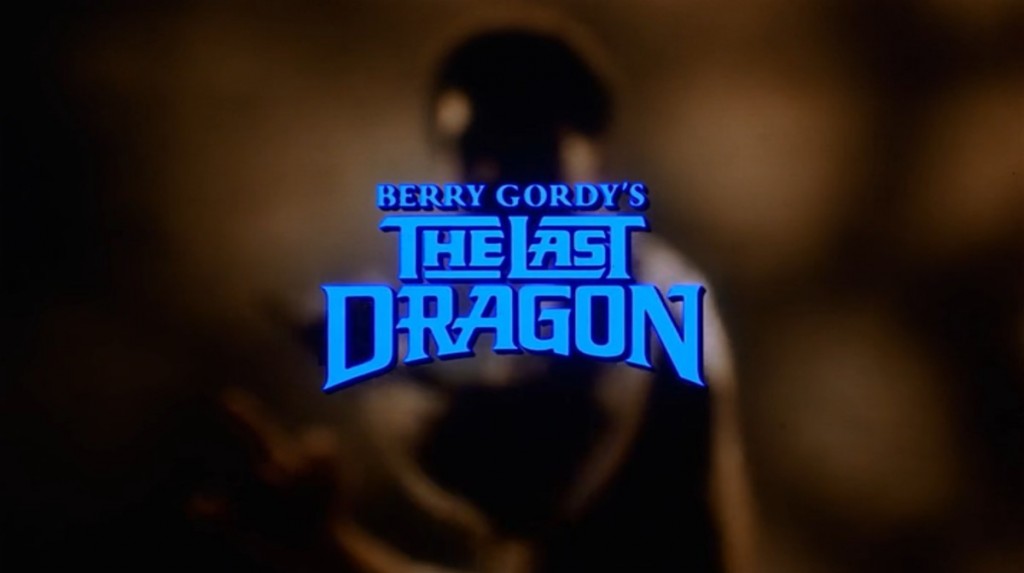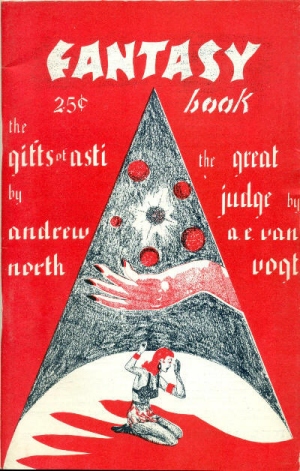The Poison Apple: Remember Buffy? An Interview with Tie-in Author Nancy Holder
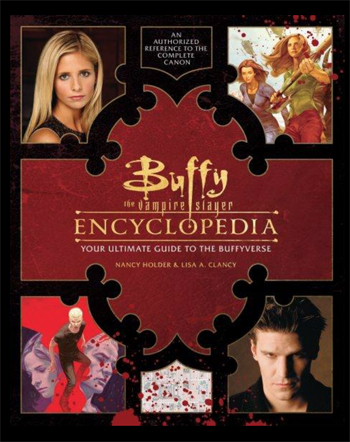
Let’s talk about Buffy the Vampire Slayer.
When I was doing the episode guidebooks for Buffy, I was taping Joss Whedon… Remember when Spike moves into the crypt? It was pitch-black dark in there and we were sitting on the crypt for our interview. It had been hard to get him, because he was been busy. I had sat waiting and waiting with these old-fashioned tape recorders that looked like movie cameras, and for both of them the batteries had run down and the tape was spooling out. When we got outside in the bright sunlight, I saw what had happened. I had been going for days without much sleep and there was my interview with Joss… not. The first thing I did was say the f-bomb and then, “Why you? Why you?”
He fixed the tape and said, “It’s okay.” I put more batteries in and asked, “Can you say everything you said over again? And he said, “I’ll try.” I was so embarrassed. But we got it done, and he was great. So articulate and smart.
How often did you get over to the set?
If you add all the days together, I was probably on the Buffy set for the total of a month. I was over on Angel, maybe a week or two.
Buffy had been set up in some empty warehouses in Santa Monica in this place called Bergamot Station. Mutant Enemy was there, and they had all the Buffy stuff there plus the writers offices and post production for Angel. When you went to Angel, it was very Hollywoody, because it was on the Paramount lot. You had the golf cart guys, the scrolly gates at the front…

